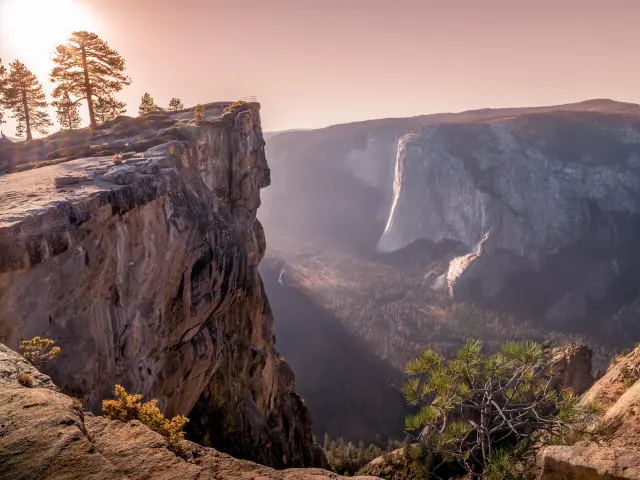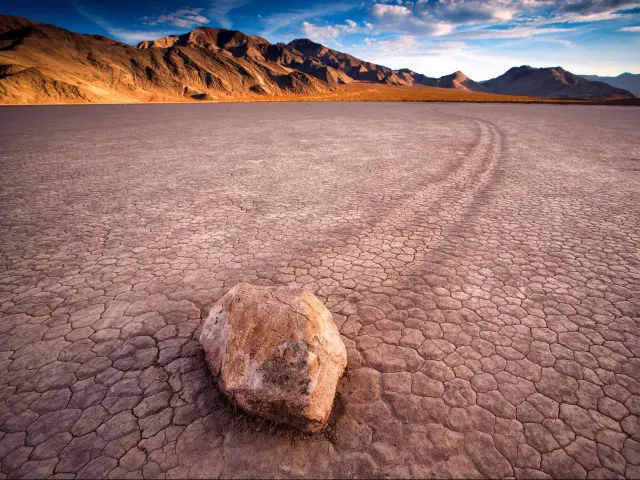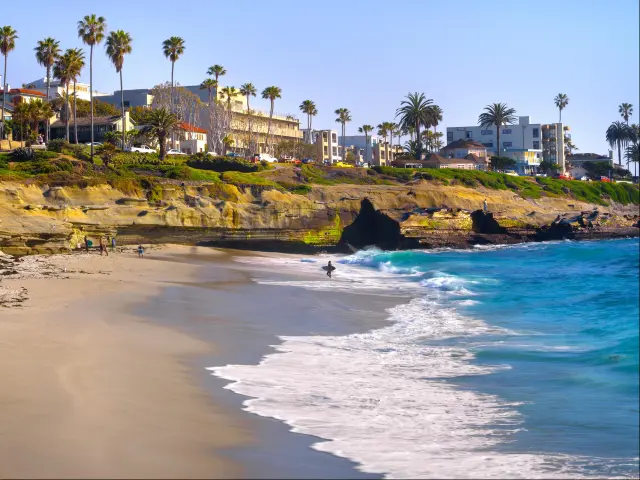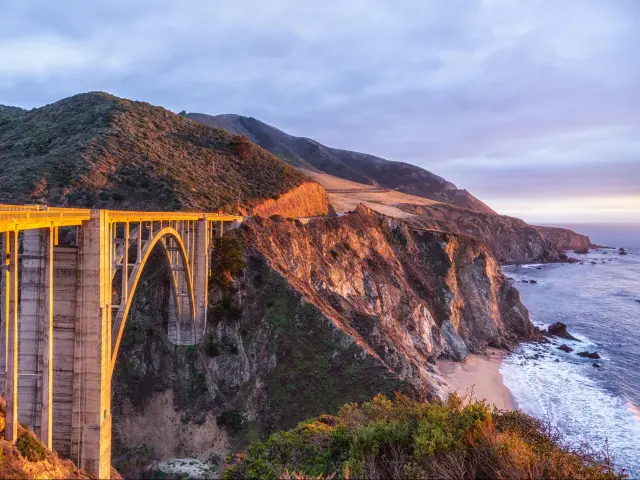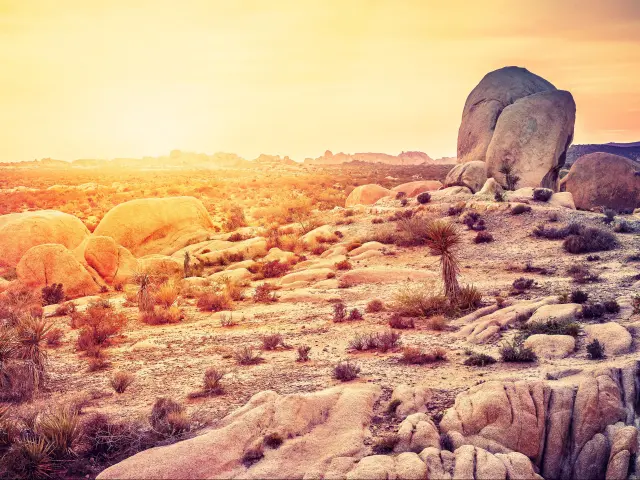Best Road Trips From San Francisco
Top Road Trip Destinations From San Francisco
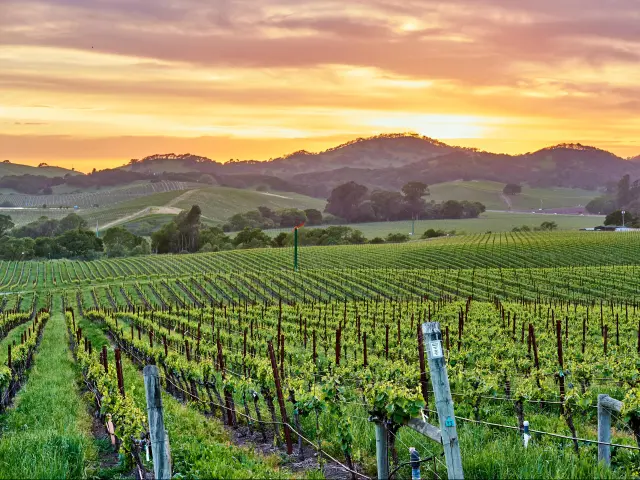
Napa Valley
🚗 70 miles ⏱️ 1 hour, 30 minutes
Ask any wine lover to nape a California wine and Napa Valley is likely to be the first they will name. In the last few years, Napa Valley has become known worldwide for the wines produced here.
Driving across Golden Gate Bridge to leave the city, this is a short drive, so you might want to extend your road trip by visiting the San Francisco Bay National Estuary Research Reserve en route.
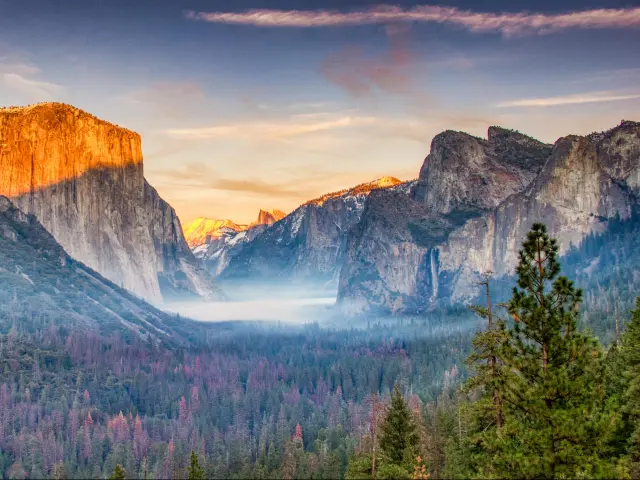
🚗 170 miles ⏱️ 3 hours, 20 minutes
One of the most famous National Parks in the United States, Yosemite National Park is located close to San Francisco. The stunning park offers iconic views of cliffs, waterfalls, and sequoias. It's a place of true natural wonder!
On your way to Yosemite, you can also take some time to visit the Oakland Zoo, especially if traveling with family, and the Groveland Yosemite Gateway Museum.
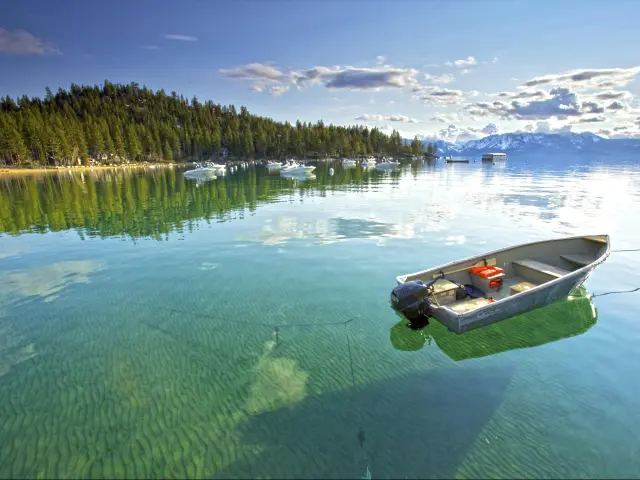
Lake Tahoe
🚗 230 miles ⏱️ 4 hours, 30 minutes
Lake Tahoe is surrounded by the Sierra Nevada mountain range which gives it one of the most unique and instantly recognizable landscapes in the world. Its picturesque blue waters are almost 100% pure (that is drinking water!).
As you drive to Lake Tahoe, you can sample some great wines in Napa Valley, have a Michelin-starred dinner in Yountville and spend some time in Sacramento en route.
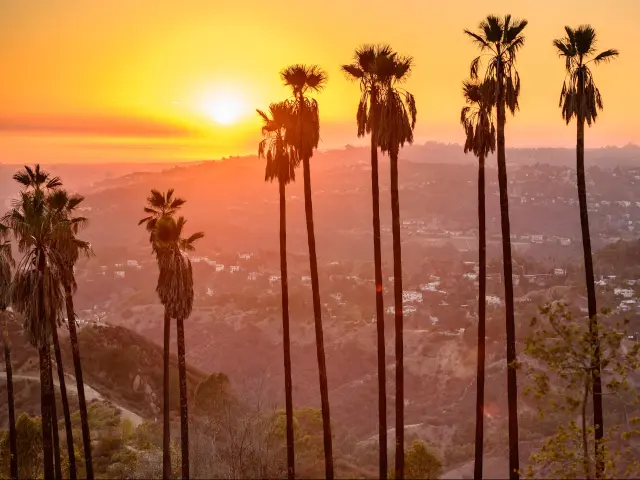
Los Angeles
🚗 460 miles ⏱️ 10 hours
Compared to the more old-school city design of San Francisco, Los Angeles spreads over a huge area spanning multiple different cities and neighborhoods. You can also visit movie studios, theme parks, and famous beaches here.
This is a beautiful coastal drive, but keep in mind that this route gets affected by landslides so check before traveling. En route, you can visit stunning coastal towns like Monterey, Carmel-by-the-Sea and Santa Barbara.
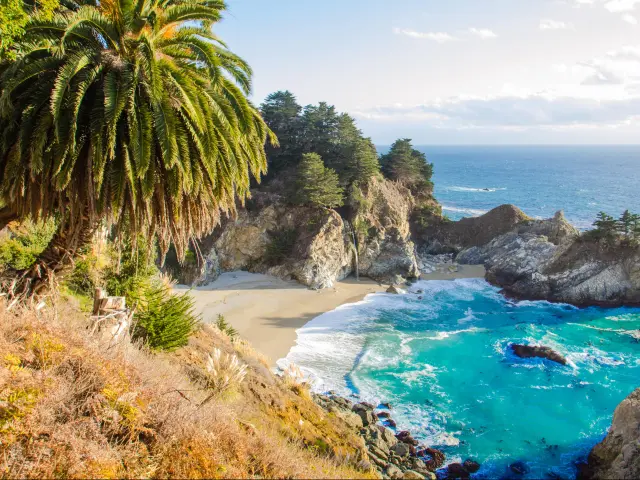
Big Sur
🚗 150 miles ⏱️ 3 hours, 15 minutes
Big Sur is one of the most iconic stretches of the coast in the world. The dramatic cliffs, waves beating the rocks and rugged nature have meant that movies, TV and the advertising industry come here a lot for the views.
The famous coastline starts once you round Monterey Bay and pass through Carmel-on-Sea. On the way there, you can also make a stop at the beautiful Monterey State Beach.
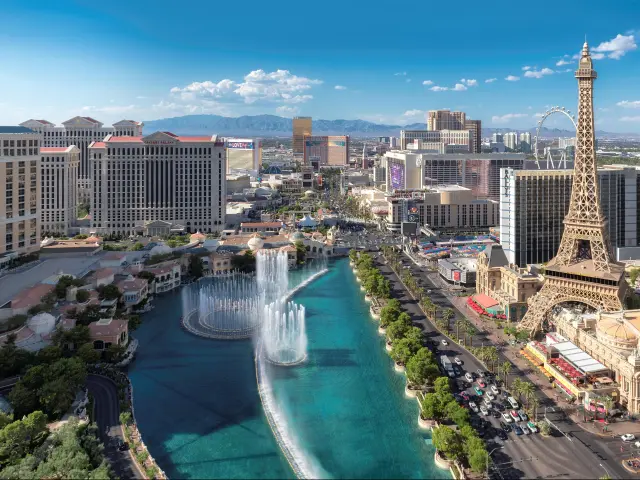
Las Vegas
🚗 570 miles ⏱️ 9 hours
Las Vegas needs little introduction or reason to go - the entertainment capital of the world has everything from insane hotels to endless gambling, clubs, bars and restaurants and dozens of shows happening every single night.
On your way to Sin City, we recommend taking some time to visit Kern County Museum in Bakersfield, Calico Ghost Town near Barstow and Mojave National Preserve.
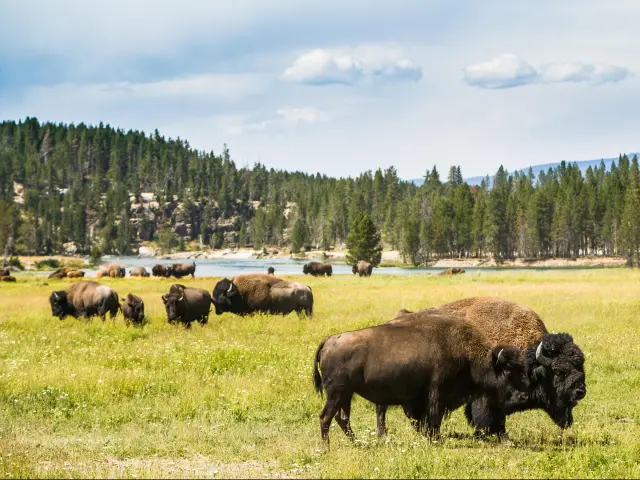
🚗 950 miles ⏱️ 14 hours, 20 minutes
Yellowstone National Park is a stunning landscape of geothermal features like geysers and hot springs, magnificent waterfalls, and abundant wildlife. It's a must-visit for any nature lover.
On this sizeable drive, you will have plenty of amazing places to visit, such as Sacramento, stunning Lake Tahoe, Reno and cute town of Idaho Falls.

🚗 340 miles ⏱️ 6 hours
Explore the majestic Redwood National Park, home to the tallest trees on earth. It's an ideal destination for hiking, wildlife viewing, and spending time in unspoiled nature.
Make sure to spend some time in Santa Rosa en route to visit the Charles M. Schulz Museum and have a drive through the Chandelier Tree in Legget.

Portland
🚗 635 miles ⏱️ 10 hours
If you are looking for an urban break in one of the hippest cities in the Pacific Northwest, you will love Portland for its eclectic vibe, thriving arts scene, and renowned food and coffee culture.
En route, take in the scenery of Lake Shasta Caverns National Natural Landmark and Dunsmuir Botanical Gardens as well as visiting the cute towns of Eugene and Salem.
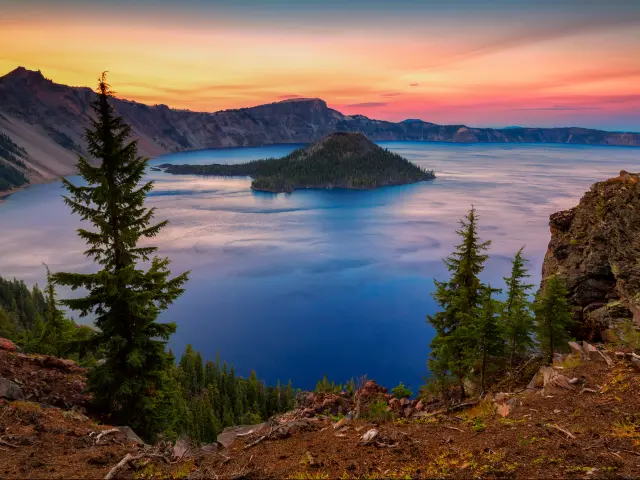
🚗 400 miles ⏱️ 6 hours, 30 minutes
The Crater Lake National Park surrounds a beautiful deep blue lake that sits in a volcano that erupted in 5,700 B.C. At 1,900 feet deep, this is the deepest lake in the United States, which gives it a gorgeous color.
On the way, you can spend some time in Redding to visit its museums and admire the scenery around Lake Shasta and Klamath Falls.

Santa Barbara
🚗 640 miles ⏱️ 12 hours, 40 minutes
Santa Barbara is a coastal city known for its Mediterranean-style white stucco buildings, beautiful beaches, and a laid-back atmosphere. Enjoy wine tasting, upscale shopping, and beach activities.
On your way from one coastal paradise to another, you can also make stops to explore the otherworldly Yosemite and Sequoia National Parks, as well as have some urban fun in Fresno and Bakersfield.
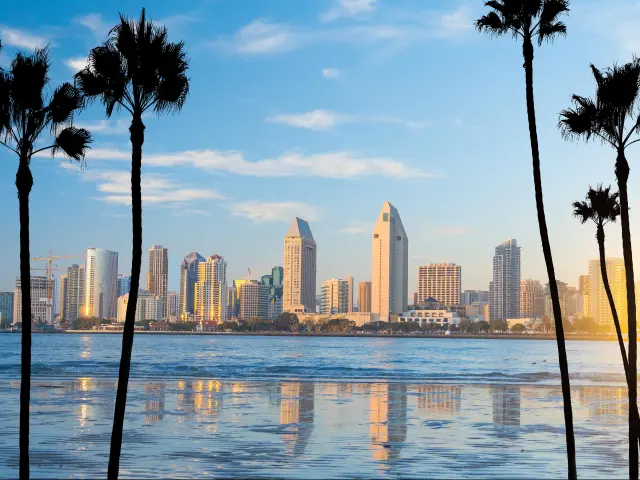
San Diego
🚗 560 miles ⏱️ 10 hours, 15 minutes
Even if you have been before, you should visit San Diego for its endless sunshine, beautiful beaches, and vibrant nightlife. Highlights include the San Diego Zoo, the USS Midway Museum, and the historic Gaslamp Quarter.
There is endless coastal scenery on this drive on the Pacific Coast Highway, which you can enjoy in Santa Cruz, Monterey and Los Angeles. Keep an eye out for road closure warnings due to landslides.

Palm Springs
🚗 680 miles ⏱️ 13 hours, 40 minutes
Escape from San Francisco to Palm Springs, a desert oasis famous for its mid-century modern architecture, trendy hotels, and hot springs. This getaway is ideal for a chic retreat with plenty of sun.
Before you reach the luxurious resorts of Palm Springs, we recommend visiting Yosemite and Sequoia National Parks en route. You can even make a detour to Death Valley if you have the time.

🚗 720 miles ⏱️ 13 hours, 15 minutes
Joshua Tree National Park is famously known as where the Mojave and Colorado deserts meet. Famous for its stargazing, rock climbing, and the unique Joshua trees, it's a haven for adventurers and nature lovers.
If you have some extra time, you can also visit Lake Tahoe, the stunning landscapes of Yosemite, Mammoth Lakes and the majestic desert scenery of Death Valley.
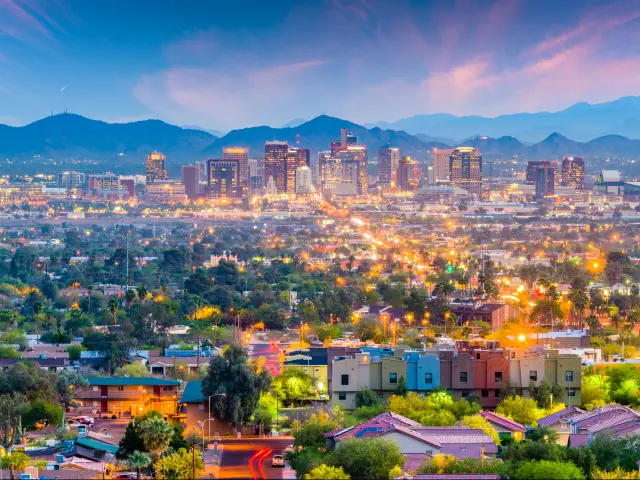
Phoenix
🚗 840 miles ⏱️ 14 hours, 10 minutes
Phoenix blends desert beauty with city vibes. Here, you can explore diverse museums, championship golf courses, and extensive hiking trails as well as enjoy vibrant sunsets and a rich Southwestern culture.
You won't be short of great new places to discover on this road trip, including sunny Monterey, ever-busy Los Angeles and beautiful Joshua Tree National Park.
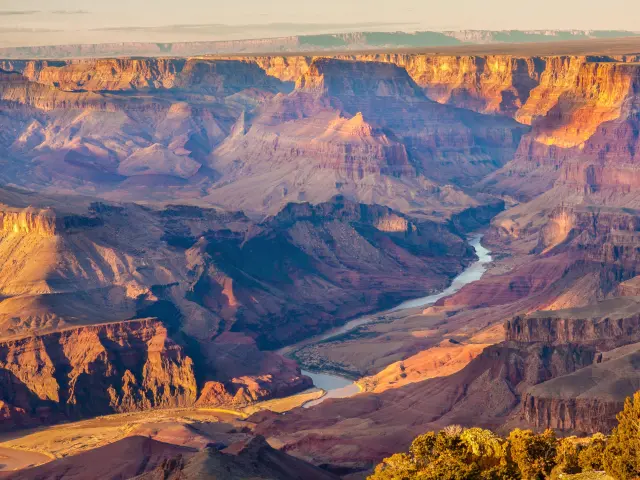
🚗 840 miles ⏱️ 14 hours, 20 minutes
Visit one of the world's most iconic natural wonders, Grand Canyon National Park. The best way to explore its vast depths and stunning panoramas is either by hiking, rafting or simply observing from the rim.
On the way, we highly recommend taking your time to visit Yosemite National Park, beautiful Mammoth Lakes, detour to Death Valley and try your luck in Las Vegas.
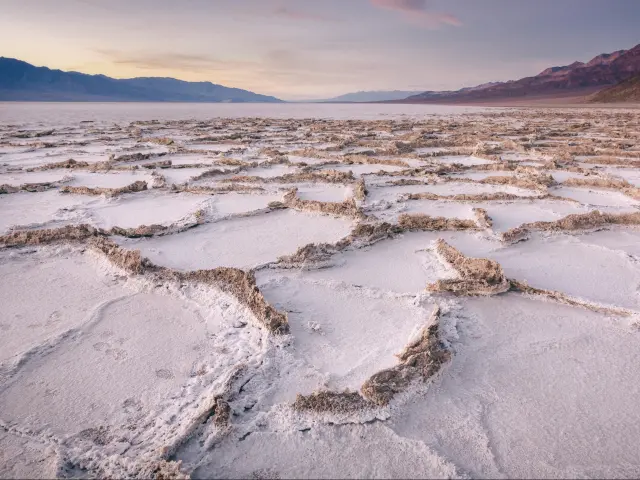
🚗 410 miles ⏱️ 8 hours
Death Valley National Park is the hottest place on Earth and the largest US National Park outside Alaska. This unique national park has a mixed geography with rugged mountains, cracked lake beds from lakes that dried out in the past, and huge sand dunes.
The most direct drive will take you past San Luis Reservoir and through Bakersfield before you reach Death Valley.

Vancouver
🚗 950 miles ⏱️ 15 hours, 30 minutes
The buzzing city of Vancouver is known for its scenic views, its melting pot of many cultures, and its excellent culinary scene. Don't miss the beautiful Stanley Park and the bustling Granville Island.
In addition to the beautiful scenery of California forests and mountains, you can also visit urban hubs such as Sacramento, Portland, and Seattle en route.

🚗 50 miles ⏱️ 1 hour, 20 minutes
The drive south to Pescadero along the Pacific Coast is full of stunning views and offers the opportunity to see classic California with its relaxed beach-side vibes and picturesque small towns.
This section of the Pacific Coast is home to beautiful beaches and coastal towns such as Pacifica State Beach, Gray Whale Cove State Beach and Half Moon Bay.

🚗 50 miles ⏱️ 1 hour, 20 minutes
Places like Menlo Park, Redwood, Palo Alto, Cupertino and Mountain View have long been associated with the world's largest technology firms. Here, you will see the HQs of Google, Apple, Facebook and dozens of other tech giants.
To make the best of your drive, you can also visit Filoli Historic House and Garden en route or even make a short detour to Redwood City for a meal.

Sacramento
🚗 90 miles ⏱️ 1 hour, 30 minutes
The vibrant city of Sacramento has been California's capital since 1854 and is a perfect place to visit to see a mix of history, retro chic and relaxed vibes.
On the way to Sacramento inland, you will get the opportunity to visit Benicia Capitol State Historic Park and if you are traveling with family, don't miss out on Six Flags Discovery Kingdom in Vallejo.
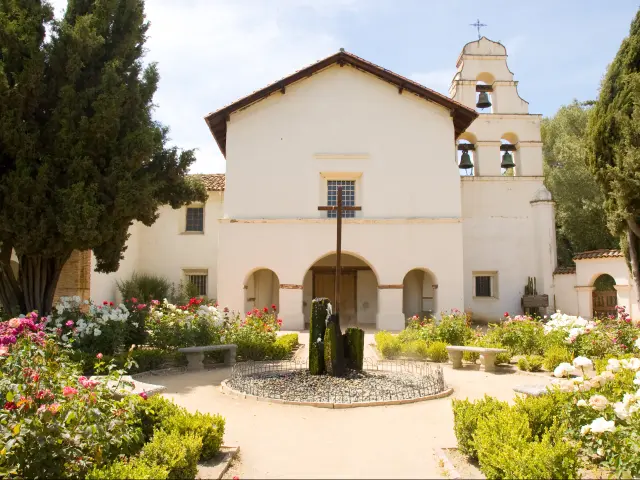
🚗 100 miles ⏱️ 1 hour, 40 minutes
A road trip to San Juan Bautista is your opportunity to dive into California's history and get a glimpse of how people lived here in the early 19th century, during the early years of colonization.
On this relatively short drive, you can make detours to Palo Alto and San Jose and even visit the famous author John Steinbeck's House on the way.
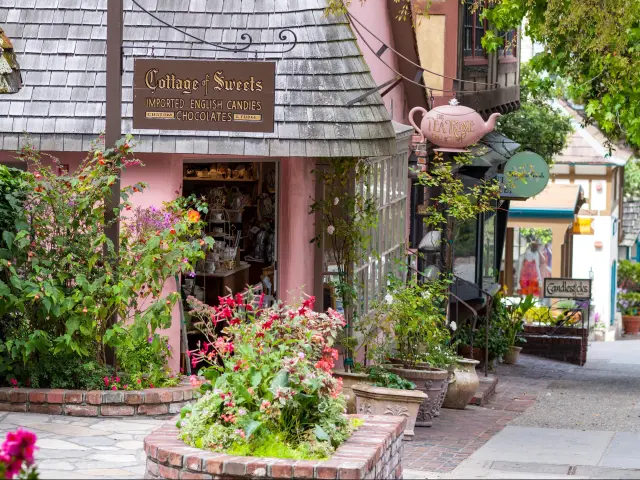
🚗 160 miles ⏱️ 3 hours
Carmel-by-the-Sea is a small and charming village, just south of Monterrey and a short drive south along the coast from San Francisco. In this picturesque village, you will see fairy-tale cottages, upscale boutiques, and beautiful white-sand beaches.
As you make your way to Carmel, you can spend some time in Half Moon Bay, Pescadero, Shark Fin Cove and the surfing paradise of Santa Cruz.

Mendocino
🚗 160 miles ⏱️ 3 hours, 15 minutes
Despite its modest size, there is plenty to do in Mendocino. Set right on the coast, you can visit the beautiful 1909 lighthouse and explore the rocky beach complete with a hike that takes you to Frolic Cove with a shipwreck from 1850.
This drive to Mendocino is an ocean lover's paradise with stunning Point Reyes National Seashore, Sonoma Coast State Park and Point Arena Lighthouse en route.
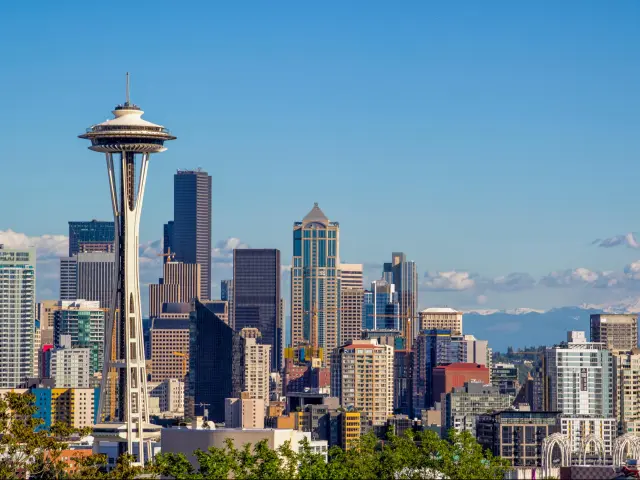
Seattle
🚗 940 miles ⏱️ 19 hours, 30 minutes
Seattle offers the perfect blend of urban fun and natural beauty. Explore the iconic Space Needle, bustling Pike Place Market, and enjoy coffee from the city that invented Starbucks.
On the way, we recommend hugging the Pacific Coast to visit Sonoma Coast State Park, Mendocino, Glass Beach in Fort Bragg, Humboldt Redwoods State Park and Cannon City.
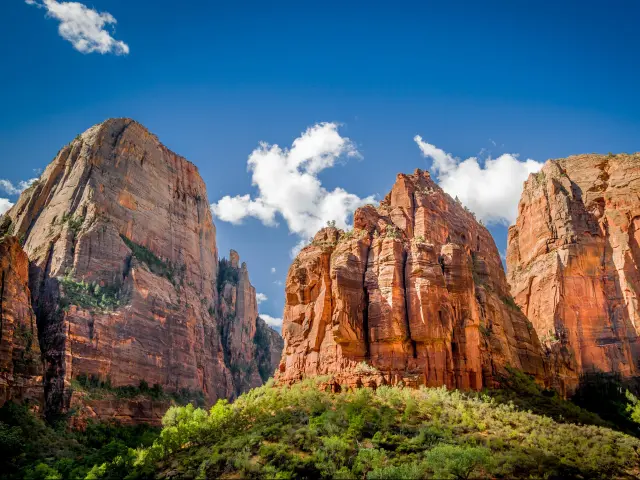
🚗 810 miles ⏱️ 14 hours, 30 minutes
Zion National Park is famous for its steep red cliffs, canyon hikes, and stunning vistas. Don't forget to experience adventurous trails like Angel's Landing and The Narrows during your visit.
Not only the amazing destination, the drive to Zion itself has some bucket-list places to visit such as Monterey, Carmel-by-the-Sea and Las Vegas.
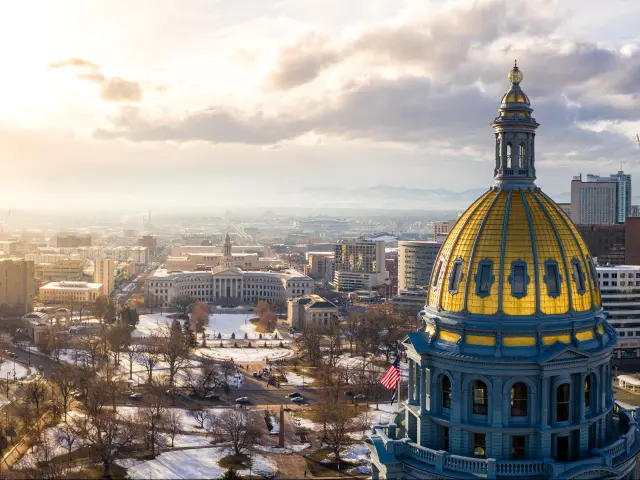
Denver
🚗 1,200 miles ⏱️ 19 hours, 20 minutes
Explore Denver, a dynamic city at the base of the Colorado Rockies, known for its stunning natural scenery, hip arts scene, and craft beer culture. Don't miss the historic Lower Downtown (LoDo) and the vibrant nightlife.
On the way, we recommend taking breaks and visiting Lake Tahoe, Reno, as well as making a detour to Moab to visit Arches and Canyonlands National Parks.
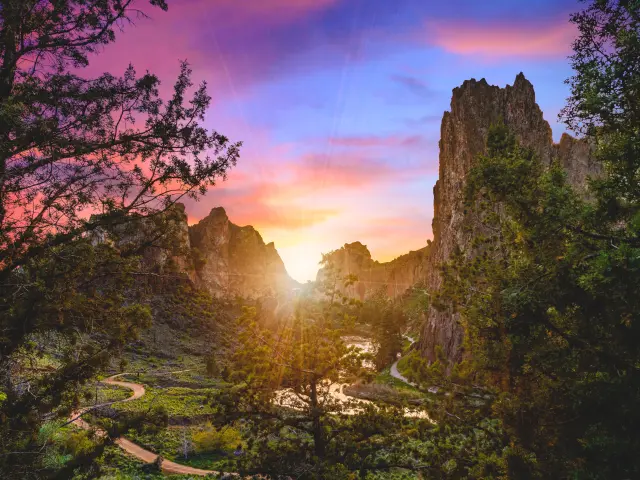
Bend
🚗 800 miles ⏱️ 16 hours
Bend is a high desert city in Oregon known for its stunning natural scenery and outdoor recreational activities, including hiking, fishing, and skiing. Its vibrant local beer scene is also a major draw.
There are plenty of amazing places you can visit and extend your vacation, such as Santa Rosa, Fort Bragg, Redwood National and State Parks and Coos Bay before you head inland.
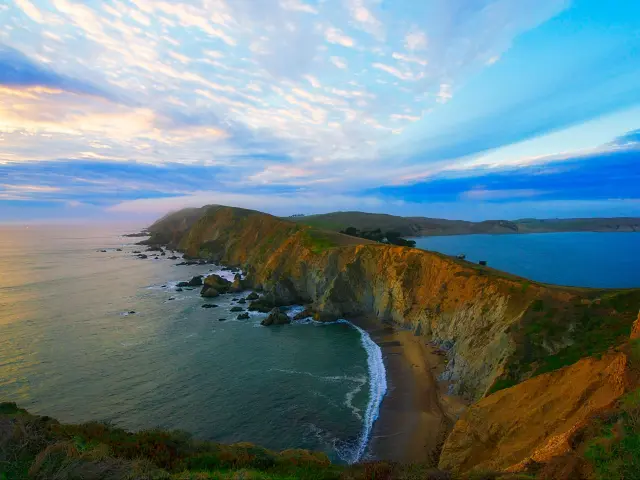
🚗 50 miles ⏱️ 1 hour, 45 minutes
The Point Reyes National Seashore has some of the most picturesque hikes you'll see anywhere in the country. Steep inclines overlook dramatic rocky cliffs with the ocean waves slamming against them.
As you start your journey, you will drive across Golden Gate Bridge and head to Marin County and Tomales Bay before you reach Point Reyes.

🚗 70 miles ⏱️ 2 hours
Sonoma is one of the most famous wine areas in the United States. The area is split into two - Sonoma Valley, which runs parallel to its more famous Napa cousin, and Sonoma Coast, which runs all the way to Sea Ranch.
After visiting the fabulous wineries of Sonoma, you can extend your road trip to visit Santa Rosa before you reach Sebastopol.
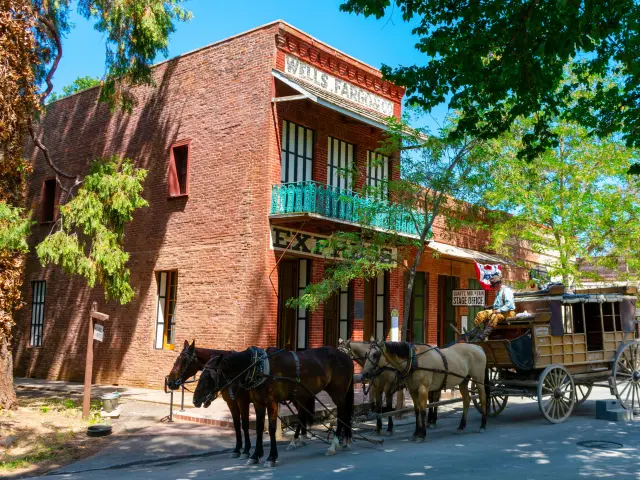
🚗 140 miles ⏱️ 2 hours, 30 minutes
Columbia is a historic city that was born during the boom of the gold rush. The moment gold was discovered locally, thousands flocked to the city in the 19th century. Today, the Columbia State Historic Park covers the downtown district of the town.
On your way to the Sierra Nevada region and Columbia, you can also visit Anthony Chabot Regional Park, Del Valle Regional Park and Moaning Caverns Adventure Park in Vallecito.
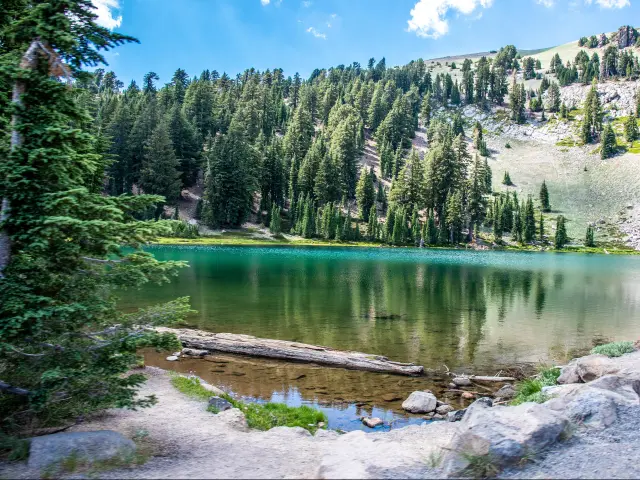
🚗 330 miles ⏱️ 7 hours
The Lassen Volcanic National Park is one of the lesser-known and less visited National Parks in California, which is exactly why you should go. This will allow you to avoid the crowds and enjoy hot springs, mud pots, and volcanoes.
There is plenty to do on this drive, especially if you are traveling with family or are young at heart. Make sure to check out Six Flags Discovery Kingdom in Vallejo and have a Jelly Belly Factory Tour en route.
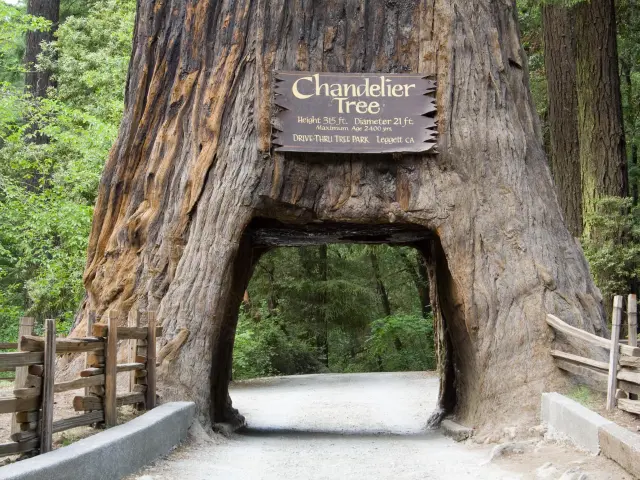
Leggett
🚗 180 miles ⏱️ 3 hours, 20 minutes
Leggett is home to the famous drive-through Chandelier Tree. This small community offers access to stunning redwood forests and scenic drives, ideal for a unique adventure.
A few amazing places you can visit en route include Sonoma Coast State Park, Fort Ross State Historic Park, Mendocino and Fort Bragg.

🚗 240 miles ⏱️ 4 hours
Majestic sight after majestic sight, Kings Canyon National Park has one of the most varied landscapes in the area. You will get to marvel at deep canyons, monolithic sequoia trees, rugged mountains and beautiful foothills in this national park.
En route, you can spend some time and enjoy a picnic at San Luis Reservoir, visit museums in Fresno and even extend your trip to Sequoia National Park.
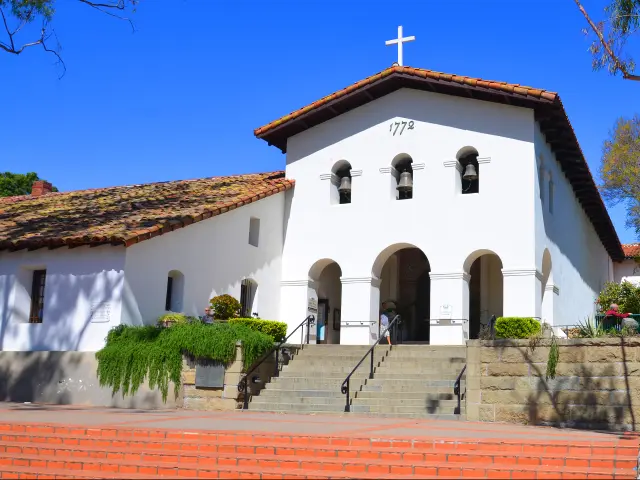
San Luis Obispo
🚗 250 miles ⏱️ 5 hours, 30 minutes
San Luis Obispo is known for two things - it's virtually never-ending sunshine and the Mission San Luis Obispo de Tolosa. Worth visiting in its own right, San Luis Obispo and the nearby Morro Bay are popular Pacific Coast stops.
Make sure you pack your swimming suits because this drive will take you past a few beautiful beach towns. The other amazing places to visit are Santa Cruz, Monterey, Carmel-on-the-Sea and Big Sur.

Cayucos
🚗 230 miles ⏱️ 4 hours
Cayucos is a quintessential beach town on California's Central Coast. It boasts sandy shores, antique shops, and a laid-back atmosphere, perfect for a relaxing seaside escape.
Make sure to add San Juan Bautista, Mission Soledad and Paso Robles to your itinerary on your way to Cayucos.

Redding
🚗 220 miles ⏱️ 3 hours, 30 minutes
Sitting on the Sacramento River and close to the Lassen Volcanic National Park, Redding is a perfect spot from which to explore northern California as well as have a lot of things to do in the city itself.
We recommend booking a Jelly Belly Factory Tour en route, as well as making a detour to Sacramento if your schedule allows you.

Nevada City
🚗 150 miles ⏱️ 3 hours
If you fancy getting out of San Francisco for a weekend full of forests, mountains and fresh air, Nevada City might be the best option that you can reasonably get to on a Friday night and come back from on Sunday evening.
Before you reach Nevada City, you can also visit California Museum and Sacramento Zoo as well as let your inner adventurer out at Quarry Park Adventures in Rocklin.
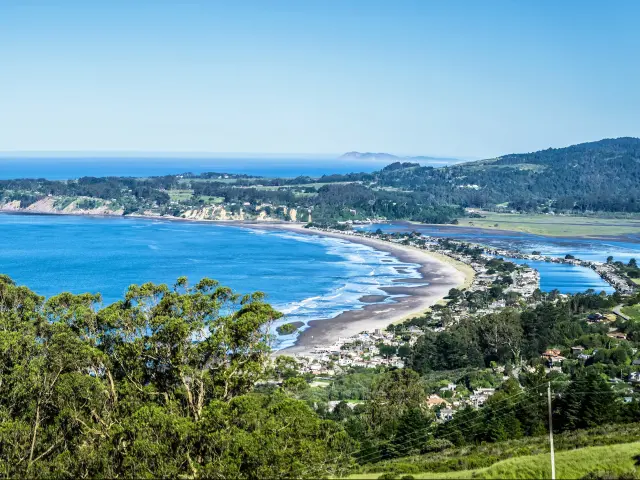
Bolinas
🚗 30 miles ⏱️ 1 hour
The beautiful Marin County town sits on the edge of Bolinas Bay and is surrounded by nature - Point Reyes, the Muir Woods National Monument, Samuel P Taylor State Park and Tomales Bay are all within easy reach.
This drive is dotted with beautiful vistas. As you drive away from the city, take a moment to stop at Golden Gate View Point to admire the views and make sure you have your camera ready for Muir Beach Overlook.
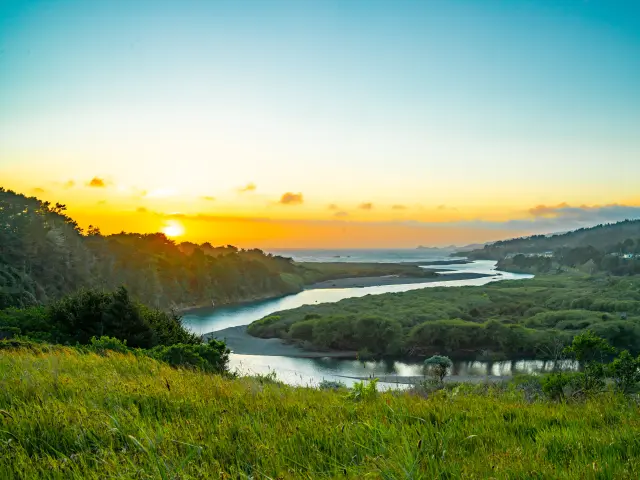
Gualala
🚗 120 miles ⏱️ 3 hours
Gualala is a small seaside town up the coast from San Francisco, just inside Mendocino County as you drive up PCH. The area is unusual in that coastal fogs that affect much of northern California don't happen here due to prevailing ocean winds.
As you travel north on the Pacific Coast Highway, take some time to visit Sonoma Coast State Park and Fort Ross State Historic Park en route.

Downieville
🚗 190 miles ⏱️ 3 hours, 30 minutes
Downieville and its cousin up the road Sierra City sat on the North Yuba River are all about the outdoors. You can enjoy hiking trails of all levels here as well as some more adventurous activities, if you dare!
This route will take you to the outskirts of Sacramento, but if you have time we recommend spending some time in this colorful city to visit the California State Railroad Museum and Crocker Art Museum.
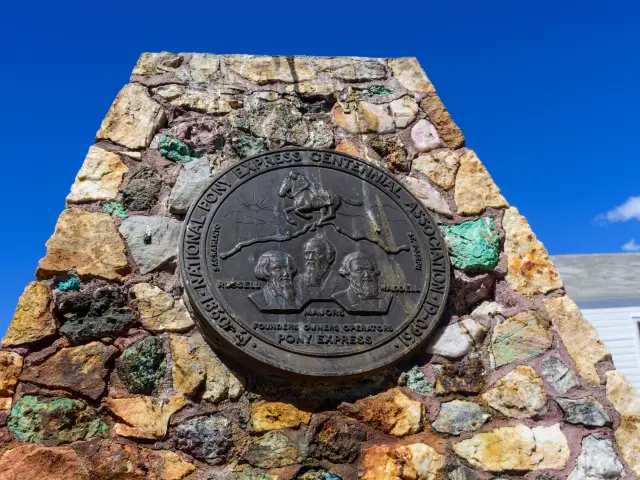
Virginia City
🚗 250 miles ⏱️ 4 hours
Another town that grew rapidly during the gold rush, Virginia City's downtown is a historical marvel with a wooden boardwalk and real classic buildings. You will feel like you are stepping back into the Wild West here.
Some of the amazing places you can explore on this drive include Sacramento, stunning Lake Tahoe just a short detour away and Reno.
Longer road trips from San Francisco

🚗 1,255 miles ⏱️ 28 hours
Explore dense forests, canyons overtaken by ferns, and diverse wildlife on this magical road trip visiting the Pacific Northwest Forests.
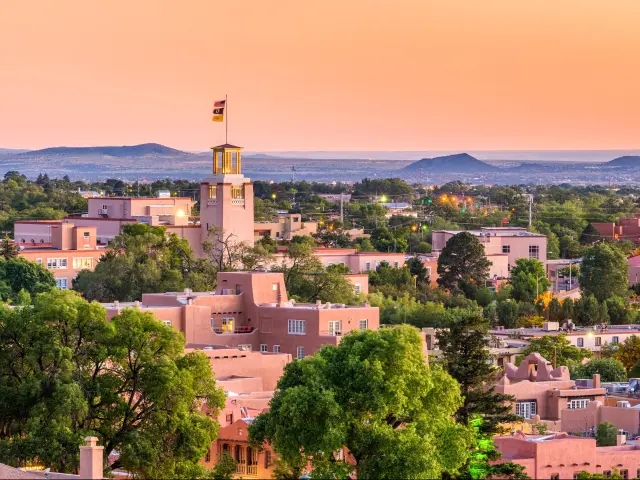
🚗 1,260 miles ⏱️ 19 hours
Santa Fe is known for its Pueblo-style architecture, colorful arts scene home to many galleries, rich history and delicious cuisine.
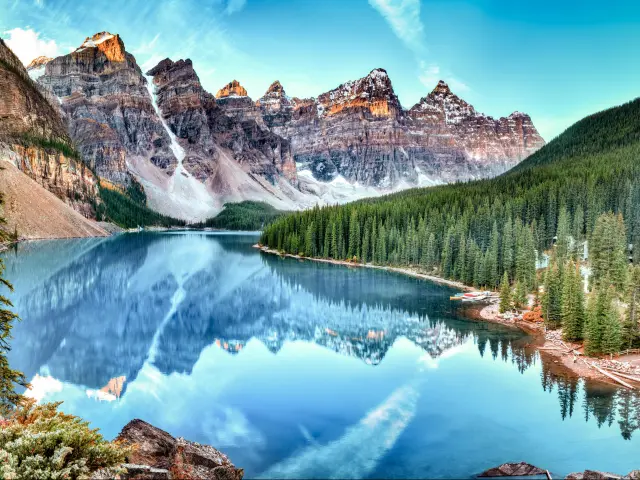
🚗 1,275 miles ⏱️ 22 hours
Banff is a resort town in the heart of the Canadian Rockies, known for its spectacular natural beauty, wildlife, and outdoor sports.
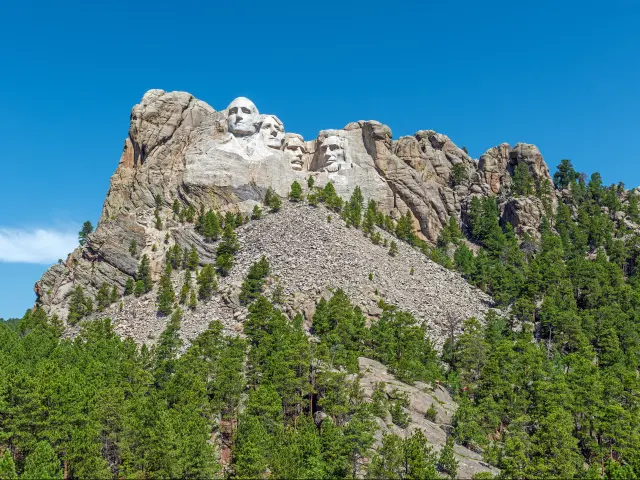
🚗 1,500 miles ⏱️ 23 hours
Mount Rushmore is an iconic symbol of America's history, featuring the monumental carvings of four US presidents.

🚗 1,820 miles ⏱️ 27 hours
A modern metropolis in north Texas, Dallas is known for its commercial and cultural heart where you can enjoy vibrant arts and rich history.
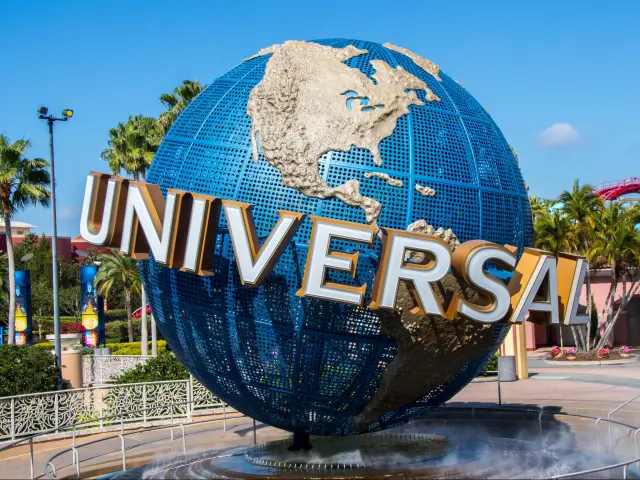
🚗 2,940 miles ⏱️ 45 hours
Orlando, the theme park capital of the world, offers endless fun with attractions like Walt Disney World Resort and Universal Studios.
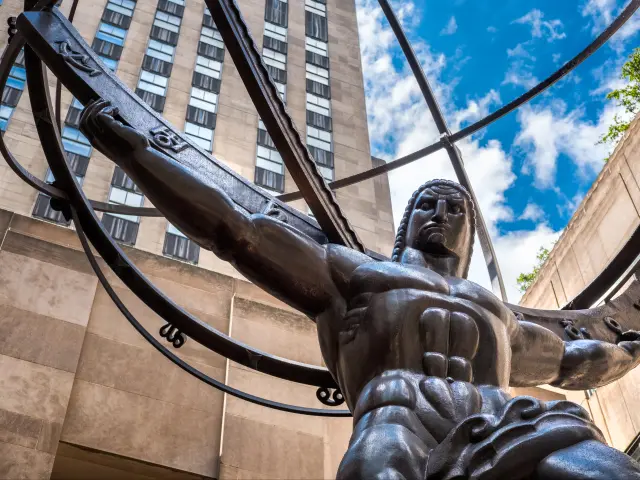
🚗 3,190 miles ⏱️ 50 hours
New York City is famously the city that never sleeps. Explore iconic landmarks like Times Square, Central Park, and the Statue of Liberty.
